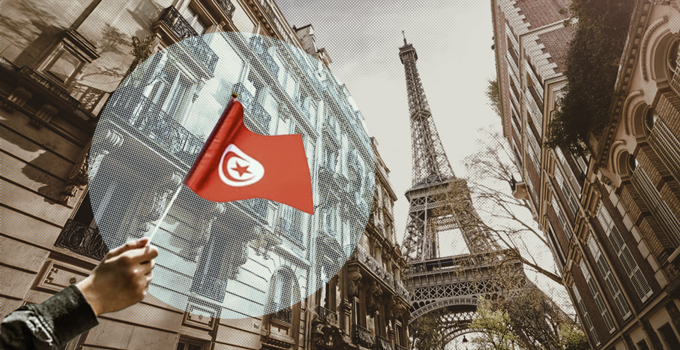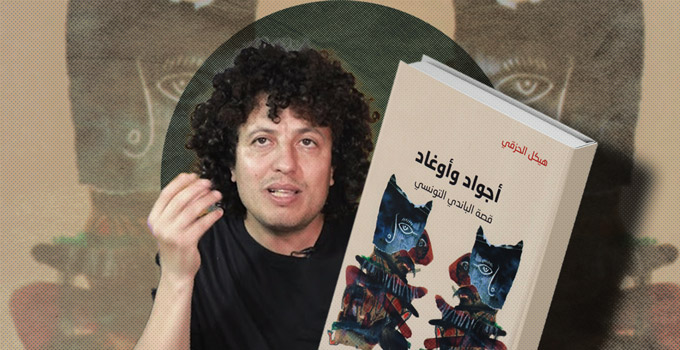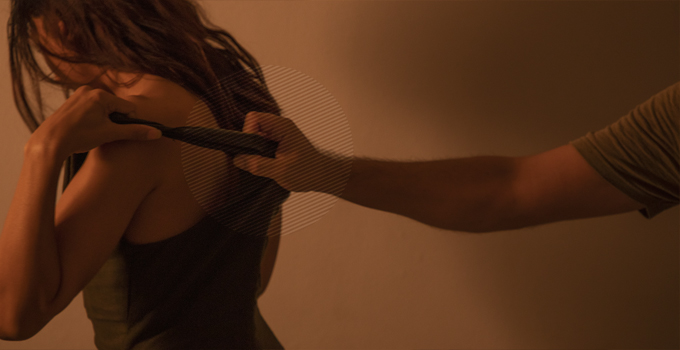Towards the beginning of the summer months, Tunisia’s Ministry of Tourism and sector operators announced their expectations for an improved tourist season. At the start of June, the National Tourism Office (ONTT) calculated the number of tourist arrivals for January through May 2017 to be nearly double (46.2%) that of the same period last year. Media reports on the ONTT’s numbers displayed a range of enthusiasm « It’s going much better! »—to reserved optimism—« Tourism is going (a little bit) better ».

This month, several outlets jumped to announce Tunisia’s ranking among « the world’s fastest growing tourist destinations of 2017 »; on August 7, The Telegraph reported that new United Nations World Tourism Organization (UNWTO) data listed Tunisia among the top ten burgeoning tourism industries with a 32.5% increase in tourist arrivals so far this year. For its part, the UNWTO clarified to Nawaat that The Telegraph’s conclusions are in fact « based on an interpretation by a journalist » since the Organization « never forecasts any end-of-year results for single destinations ». On the ground, Tunisia’s seaside hotels are mostly full, its beaches packed with locals and visitors from near and far. Air-conditioned restaurants and cafés are bustling. The shaded, winding passageways of Tunis’ Medina, a UNESCO World Heritage site, are also teeming with people. Does this mean that business is in full swing for the souk’s craftsmen and vendors?
Business is far from what it once was
Samir, who sells leather goods in a shop facing the Zitouna mosque, speaks quickly, using his hands often for emphasis. In addition to retail, he also sells wholesale and ships products to Europe. Samir expresses that although foot traffic in the Medina has picked up since last year, the number of Europeans who visit the market doesn’t compare to the influx of French, Italian, and Spanish tourists before the revolution. « For every 10 Europeans, you’ll find 200 to 300 Algerians. They’re the ones who keep Tunis going—no one else keeps Tunis going like they do », Samir tells us.

But business is far from what it once was. Many shop-owners struggle to make ends meet, and some have even closed. Merchandise just doesn’t move as quickly, since many visitors « only buy what they need. They don’t think about tomorrow. It’s not like before, when they would look for gifts, buy a number of things for friends and family. Now they come to take a look and that’s it », according to Samir.
Up towards the top of the souk, we find Zouheir sitting next to a tall pile of hand-woven fabrics and throws, called fouta, from Djerba. Soft-spoken, Zouheir describes how he worked in Sidi Bou Said and Nabeul before opening a shop in the Medina in 2010. Zouheir pauses as he takes stock of the season so far. « There are different types of tourism », explains Zouheir, adding that June and July are busy months for hotels, but that business has been slow in the Medina. People tend to « go between the hotel and the beach » because of the heat but also because many have already visited and shopped at Tunisia’s popular seaside destinations like Hammamet and Djerba.
Quantity over quality
Towards the lower end of the souk which lets out onto the capital’s main drag, Walid sells souvenirs of all kinds: ceramic mugs, toy camels, small wooden instruments. Tourists are returning in number, he confirms « but not in quality ». He explains that tourists « come to the Medina, but don’t buy anything. They don’t have a budget. They don’t leave the hotel—they eat, sleep, eat, sleep… » Those who do shop are looking little souvenirs that cost 2 or 3 dinars. If it’s more than 10 dinars, says Walid, they won’t buy it.

And yet vendors agree that the majority of visitors are still looking for Tunisian-made over inexpensive, imported products that have made their way into the souk. At a colorful store-front crowded with hand-sewn glittering garments and hand bags, 15-year old Aziz is helping out his father for the summer. He is enthusiastic about the products sold in his family’s shop, describing how each item is unique: his father makes bags using traditional fabric from different regions throughout the country, while his uncle makes jewelry. Politely but firmly, Aziz and his father indicate that we are not to take pictures or film inside the store: the one-of-a-kind pieces they sell might be reproduced by competitors using cheap materials, and sold for lower prices.
A breeze plays with the scarves hanging at the front of Zouheir’s store. He reaches towards the pile of throws folded behind him, and tells us that in spite of everything, people still come to the souk in search of all things Tunisian, traditional, hand-made. Zouheir considers this year better than the last, and anticipates that business will return slowly. « We used to work well », he says with a smile, recalling when cruise ships would arrive in Tunis, making a stop at Sidi Bou Said and then Medina, where visitors would spend a few hours exploring and shopping. He and other vendors with whom we’ve spoken regret the absence of these ships over the past few years, and hope that they will return, bringing with them a greater number and wider range of visitors to the Medina.





iThere are no comments
Add yours